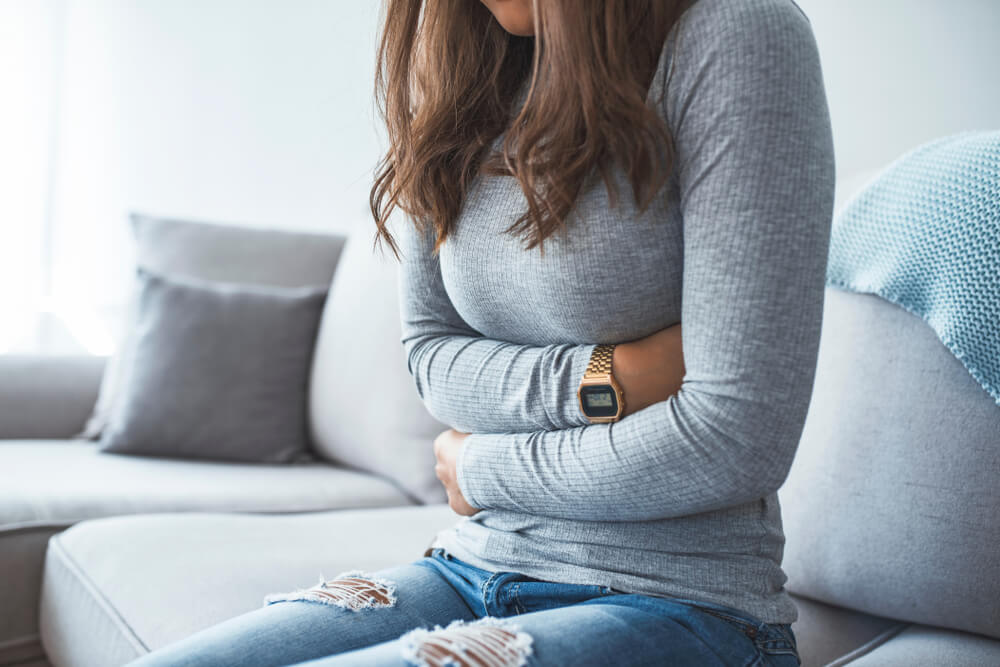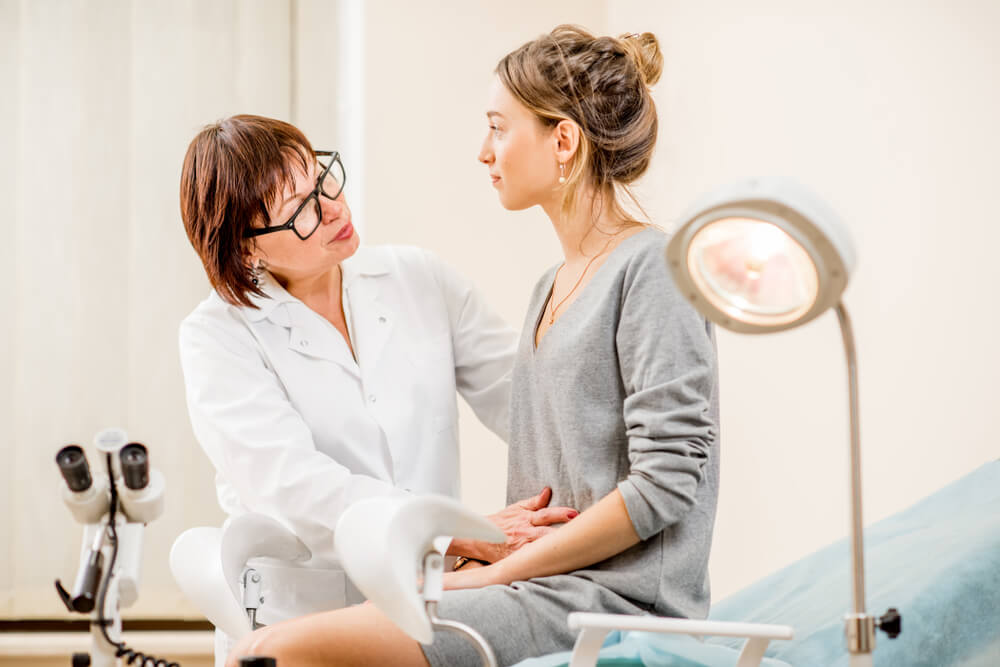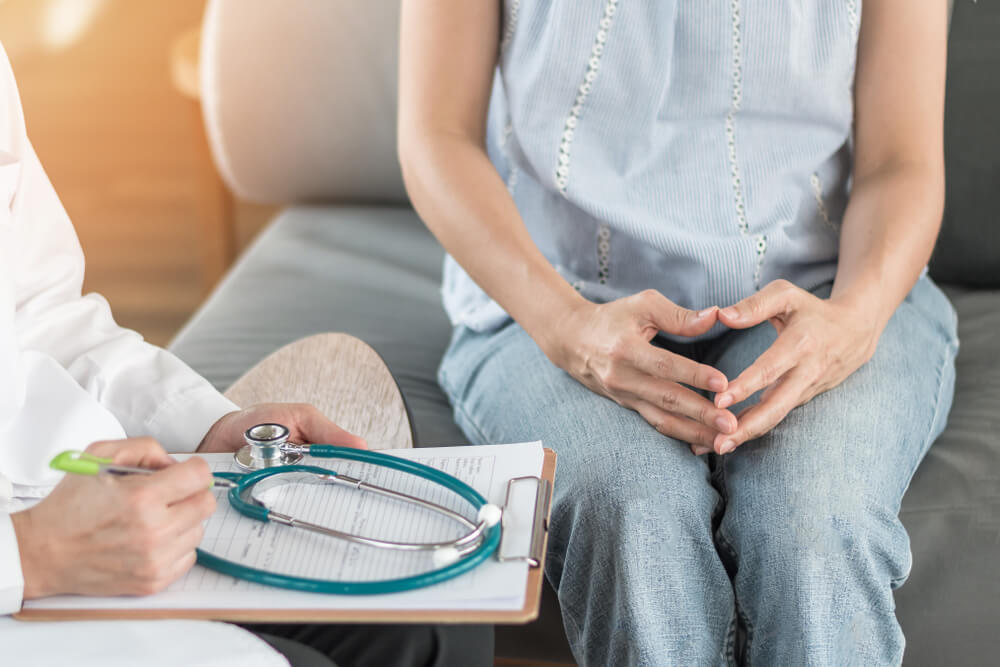While there has been no direct cause found, endometriosis is a prevalent female disorder that impacts an estimated 1 in 10 females. In simple terms, the disorder is defined by the uterine lining that grows abnormally outside of the uterus. The possible symptoms can vary from female to female and cause a wide variety of complications, but the condition is very treatable. We will discuss in greater detail exactly what endometriosis is, the possible symptoms and complications, and most importantly, the treatment options. The good news is that there are several options available that range from home remedies for endometriosis to surgery, and all will be discussed below.
What is Endometriosis?
While there is no direct cause to be known for endometriosis, it is, however, an estrogen-dependent condition, which mainly affects females during their reproductive years (pre-menopause). This disorder is often painful and is caused when the endometrium, which is the tissue that lines the uterus, grows outside of the uterus, abnormally. The pelvic organs are typically the ones affected and include the ovaries, fallopian tubes, or tissues lining the pelvis.
By nature of a woman’s menstrual cycle, the uterine lining (endometrium) thickens, detaches and bleeds with each cycle. However, the problem that occurs with endometriosis is that the endometrial tissue that is outside of the uterus acts the same with each period as the uterine lining, but has no way to exit the body. The tissue that is shed becomes the cause of problems like ovarian cysts (endometriomas), irritation, inflammation, scar tissue development, and adhesions (bands of fibrous tissues that can cause other tissues and organs to stick together). Aside from the severe pain, it can cause other complications; infertility is the most severe complications that can come from endometriosis.
Common Signs & Symptoms Experienced
While some women with endometriosis do not experience any symptoms, the most common one is pelvic pain. However, menstruation causes pelvic pain and cramping, which can be misleading; endometriosis pelvic pain is often described as far worse than normal. There are several other indicating factors that can be associated with endometriosis and they include:
- Painful menstruation – often called dysmenorrhea, the pelvic pain and cramping can start several days before and last into the period. Lower back and abdominal pain are often common. Keep in mind that the pain with endometriosis is often far worse than normal menstruation pain.
- Painful sex – some women experience pain during or after sex due to inflammation or irritated tissues. Cramping during sex can also happen as well.
- Bowel or urination symptoms or pain – these symptoms would most likely be experienced in conjunction with a menstrual period. Constipation or diarrhea can also be associated with endometriosis.
- Excessive bleeding – an abnormal amount of bleeding can occur or even intermenstrual (between periods) bleeding can be common.
- Infertility – as mentioned above, infertility, as a result of a complication arising from endometriosis, is often diagnosed first in women who are seeking treatment for infertility.
- Other – fatigue, bloating, nausea and other common menstrual symptoms can be caused by endometriosis.

The pain experienced is not often directly correlated with the stage of endometriosis. Some women experience no pain or symptoms yet have advanced endometriosis and vice versa. Because many of the symptoms are commonly related to menstruation or other conditions, diagnosis can be challenging without a physical examination or biopsy of the tissues. Endometriosis is often confused with other conditions that cause pelvic pain like IBS (irritable bowel syndrome), ovarian cysts or pelvic inflammatory disease (PID).
Potential Causes of Endometriosis
As mentioned earlier, the direct cause of endometriosis is unknown, but medical experts and researchers have several potential explanations of the underlying cause. They include:
- Immune system disorders – such disorders may make it difficult for the body to identify and destroy the endometrial tissue that grows outside of the uterus.
- Embryonic cell transformation – because endometriosis is an estrogen-driven condition, the hormone may transform embryonic cells, during puberty, into endometrial-like cells.
- Endometrial cell transport – through various transportation systems (bloodstream or lymphatic system) endometrial cells could be transported to other parts of the body.
- Retrograde menstruation – this happens when the menstrual blood that contains endometrial cells flows back up through the fallopian tubes instead of exiting the body. This blood enters the pelvic cavity and the cells can stick to the walls of organs, where they can grow and develop into endometriosis.
- There are some other potential explanations of the cause like surgical scar implantation and peritoneal cell transformation.

The positive side of endometriosis, depending on the severity, is that it’s extremely responsive to many different treatment options. On one end of the spectrum, surgery is for advanced stages that are stubborn to other methods and there are several holistic treatments for endometriosis on the other end. Treatment can be used for symptom management or relief, or to enhance fertility. Here are some endometriosis remedies that have been proven to help manage this complex condition:
- Nonsteroidal anti-inflammatory drugs (NSAIDs) – while these are commonly prescribed for menstrual pain and discomfort related to endometriosis, NSAIDs do not have an effect on the endometrial tissue or progression of the condition itself. Because endometriosis is often treated as menstrual pain at first, NSAIDs are typically the first treatment attempt.
- Gonadotropin-releasing hormone analogs (GnRH analogs) – this works by suppressing the production of estrogen by the ovaries. The analogs act on the pituitary gland in the brain and as a result, the body stops having periods. These have been shown to reduce the size of the endometriosis implants and effectively relieve pain. It is important to note that because the pituitary gland is inhibited, the body may experience side effects similar to menopause.
- Progestins – this synthetic progestogen is only prescribed for women who do not experience pain relief or cannot take oral contraceptives. These medications are much stronger than regular birth control pills and come with some side effects.
- Birth control pills – since many of the endometriosis symptoms accompany the menstrual period, birth control pills are often prescribed to manage periods.
- Aromatase inhibitors – this set of drugs is a more targeted approach for treating endometriosis. They work by blocking the estrogen formation within the endometriosis tissues themselves. Since these are relatively new, research and studies are still being conducted to determine the overall effectiveness of combating endometriosis.
- Surgery – endometriosis surgery can be helpful for those women with severe symptoms or conditions, or who have had little to no response to other forms of treatment. Surgery is often the route taken when the tissue formations create a physical distortion of organs, bowel or urinary tract. Most surgeries are conducted laparoscopically and removed by excision, laser or electrical current.
- Acupuncture – some women have gained relief from endometriosis pain when adding acupuncture into their treatment regimen. Depending on the patient’s needs, needle placement can help increase blood flow, reduce inflammation and pain.
- Physical therapy & massage – over time, the pelvic floor muscles can become severely contracted due to dealing with the chronic pain of endometriosis. Physical therapy techniques and pelvic endometriosis massages can help relieve muscle stress and reduce pain.
- Other natural remedies – other natural remedies that can be tried and have some success of pain relief include yoga, regular exercise, warm baths, and heat therapy.
Dr. Andrew Krinsky of Tamarac is focused on providing the latest and most comprehensive treatment options for women looking for everything from Monalisa vaginal rejuvenation to endometriosis relief to menopausal management. Click here to learn more about how Dr. Krinsky can help you find relief and manage your endometriosis today!


